Home>Technology>Security & Surveillance>How To Break Door Lock
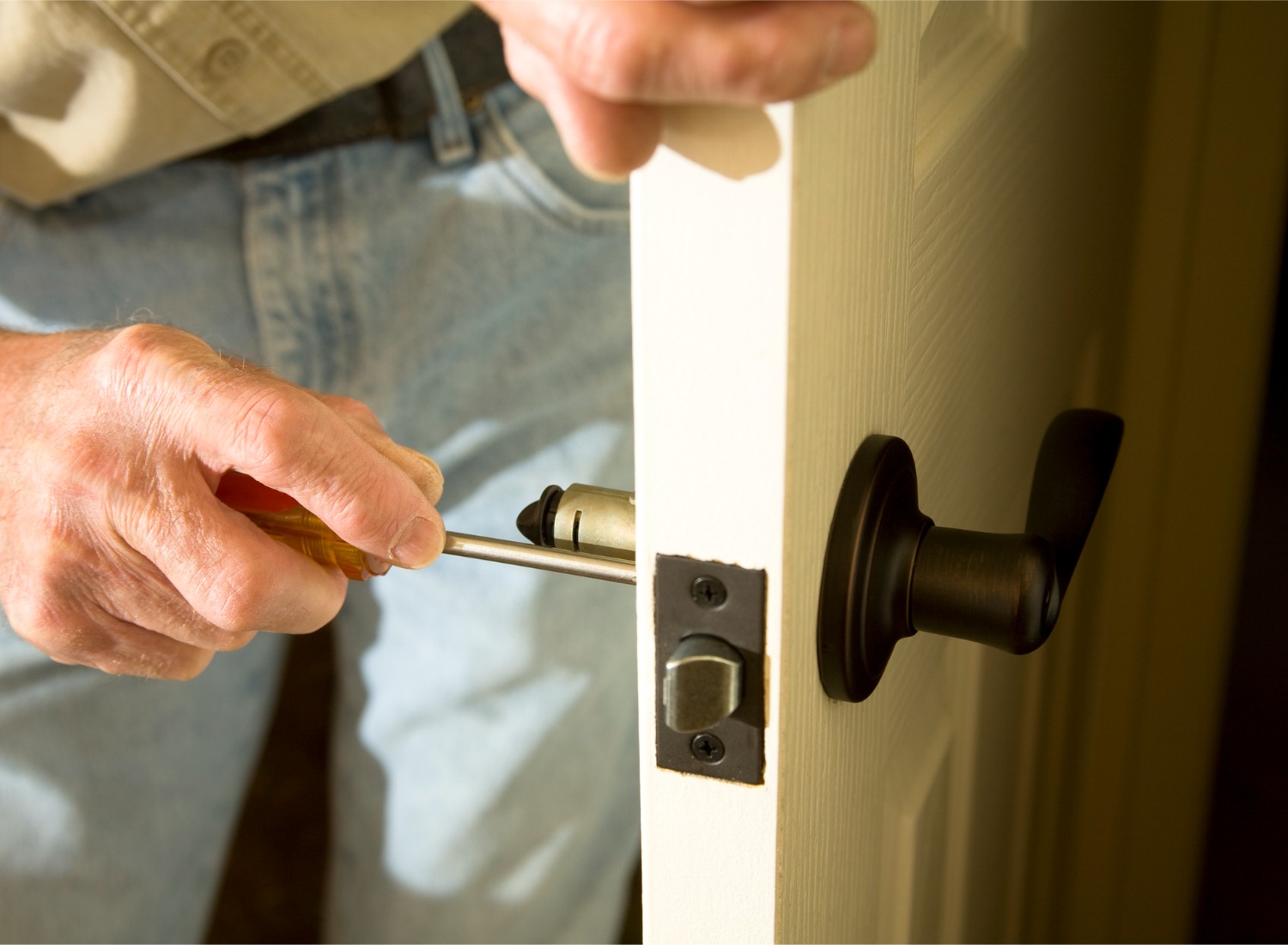

Security & Surveillance
How To Break Door Lock
Modified: February 25, 2024
Learn how to break a door lock and improve your home security with our expert tips and advice. Find out the best security and surveillance measures to protect your property.
(Many of the links in this article redirect to a specific reviewed product. Your purchase of these products through affiliate links helps to generate commission for Storables.com, at no extra cost. Learn more)
**
Introduction
**
Breaking a door lock is a scenario that may arise in various situations, such as during emergencies, lockouts, or security assessments. While the thought of breaking a door lock might seem daunting, having the knowledge of how to do it can be invaluable. In this comprehensive guide, we will delve into the various types of door locks, the essential tools required, and the methods for breaking door locks. By understanding these key aspects, you can gain the confidence and know-how to address lock-related challenges effectively. Whether you find yourself locked out of your home, need to access a secured area during an emergency, or are exploring security vulnerabilities, this guide will equip you with the necessary insights to navigate such situations with ease and expertise.
Understanding Door Locks
Key Takeaways:
- Understanding Door Locks
Different types of door locks, like deadbolts and keyless entry systems, have unique security features and vulnerabilities. Knowing these can help you make informed decisions when dealing with lock-related challenges. - Tools and Methods for Breaking Door Locks
Having the right tools, like lock pick sets and bump keys, and knowing methods, such as lock picking and drilling, can help you address lock-related challenges with confidence and responsibility.
Read more: How To Break A Door Lock With A Screwdriver
Understanding Door Locks
Before delving into the methods for breaking door locks, it’s essential to have a basic understanding of the common types of door locks. This knowledge will not only aid in determining the most effective approach for bypassing a lock but also provide insights into the security mechanisms employed.
- Deadbolts: One of the most prevalent types of door locks, deadbolts offer robust security due to their solid metal bolts that extend deep into the door frame. They are often categorized as single-cylinder and double-cylinder deadbolts, with the latter requiring a key for both the exterior and interior sides.
- Knob Locks: Typically found on interior doors, knob locks are integrated into the door handle itself. While they provide minimal security and are susceptible to forced entry, they serve as a supplementary lock on top of more secure primary locks.
- Lever Handle Locks: Commonly utilized in commercial settings, lever handle locks offer ease of use and comply with accessibility standards. However, their design may render them vulnerable to covert bypass methods.
- Keyless Entry Systems: With the advancement of technology, keyless entry systems, such as electronic keypads and smart locks, have gained popularity. These systems often incorporate advanced encryption and authentication mechanisms to enhance security.
It’s important to note that the effectiveness of a door lock is not solely determined by its type but also by factors such as installation quality, material strength, and additional security features. By comprehending the characteristics and vulnerabilities of different lock types, one can approach the task of breaking a door lock with informed decision-making and problem-solving skills.
Next, we will explore the essential tools needed for breaking door locks.
Tools Needed
When it comes to breaking a door lock, having the right tools at your disposal is crucial for a successful and efficient outcome. While certain methods may require specialized tools, there are fundamental instruments that are commonly used in various lock-breaking techniques. These tools are essential for bypassing different types of locks and addressing diverse lock-related scenarios.
- Lock Pick Set: A lock pick set is a fundamental tool for manipulating the pins and components within a lock to simulate the action of a key, allowing for non-destructive entry. This set typically includes tension wrenches, hook picks, rake picks, and other specialized tools tailored to different lock designs.
- Bump Key: A bump key is a specially crafted key that can exploit the pin-tumbler mechanism in a lock, enabling swift and covert entry without causing permanent damage to the lock.
- Lock Bypass Tools: These tools encompass a wide range of devices designed to circumvent specific types of locks, such as shims for bypassing latches, bypass drivers for tubular locks, and other innovative instruments tailored to distinct lock vulnerabilities.
- Screwdriver Set: A versatile screwdriver set is indispensable for gaining access to lock assemblies, removing cover plates, and disassembling certain types of locks for manual manipulation or repair.
- Hammer and Chisel: In scenarios where brute force methods are necessary, a hammer and chisel can be utilized to dislodge or break through components of the lock or door frame.
- Drill and Bits: When precision and speed are paramount, a drill with assorted bits can be employed to bypass pin-tumbler locks, cylinder locks, or to remove lock components obstructing the mechanism.
By being equipped with these essential tools, individuals can effectively address lock-related challenges, whether it involves gaining lawful entry, performing security assessments, or responding to emergency situations. Understanding the functionality and application of these tools is pivotal in approaching the task of breaking a door lock with proficiency and resourcefulness.
Now that we have explored the fundamental tools required, we will delve into the methods for breaking door locks.
If you need to break a door lock, try using a sturdy tool like a hammer or crowbar to force the lock open. Be careful and use protective gear to avoid injury.
Methods for Breaking Door Locks
Breaking a door lock encompasses various techniques, each tailored to specific lock types, security measures, and the desired outcome. From non-destructive methods that prioritize stealth and precision to forceful approaches necessitating power and resilience, the methods for breaking door locks are diverse and adaptable to different scenarios.
- Lock Picking: A skillful and non-destructive method, lock picking involves manipulating the internal components of a lock using specialized tools, such as tension wrenches and lock picks, to mimic the action of a key. This technique requires patience, dexterity, and an understanding of lock mechanisms.
- Bumping: Bumping is a technique that utilizes a bump key to exploit the pin-tumbler system, causing the pins to momentarily jump, allowing the lock to be turned. This method is relatively quick and discreet, making it a favored choice for covert entry.
- Impressioning: Impressioning involves creating a working key for a lock by making a mold or impression of the lock’s internal components. This method requires precision and meticulous attention to detail to craft a functional key without disassembling the lock.
- Drilling: In cases where non-destructive methods are unfeasible or time-sensitive, drilling the lock may be necessary. This method involves drilling through the lock’s pins, cylinder, or other components to render the lock inoperable, allowing for entry or lock replacement.
- Forced Entry: When all other methods prove ineffective or impractical, forced entry techniques, such as using a hammer and chisel to dismantle the door or lock, may be employed. While this approach is destructive, it can be necessary in emergency situations or when immediate access is imperative.
- Key Decoding: Key decoding techniques involve analyzing the internal workings of a lock to deduce the key’s bitting code, allowing for the creation of a working key without direct access to the original key. This method demands a deep understanding of lock mechanisms and key profiles.
It’s essential to approach the task of breaking a door lock with careful consideration of the specific circumstances, legal implications, and ethical considerations. While certain methods may be suitable for lawful entry or security assessments, others may be reserved for emergency situations or professional locksmithing tasks. By understanding the nuances of each method and their applications, individuals can navigate lock-breaking scenarios with responsibility and expertise.
With a comprehensive understanding of the tools and methods for breaking door locks, individuals can approach lock-related challenges with confidence and adaptability. Whether it involves addressing lockouts, enhancing security measures, or responding to emergencies, the insights provided in this guide empower individuals to tackle diverse lock-breaking scenarios effectively and responsibly.
Conclusion
As we conclude our exploration of breaking door locks, it’s important to emphasize the significance of this knowledge in various real-world scenarios. Whether it’s gaining lawful entry to a property, addressing lock-related emergencies, or conducting security assessments, the insights provided in this guide equip individuals with the understanding and skills necessary to navigate lock-breaking scenarios effectively and responsibly.
By comprehending the common types of door locks, including deadbolts, knob locks, lever handle locks, and keyless entry systems, individuals gain valuable insights into the security mechanisms employed and the vulnerabilities inherent in different lock designs. This foundational knowledge serves as a cornerstone for approaching the task of breaking door locks with informed decision-making and problem-solving skills.
Furthermore, the essential tools required for breaking door locks, such as lock pick sets, bump keys, lock bypass tools, screwdriver sets, and drilling equipment, empower individuals to address diverse lock-related challenges with proficiency and resourcefulness. Understanding the functionality and application of these tools is pivotal in approaching lock-breaking scenarios with the necessary expertise and adaptability.
Moreover, the methods for breaking door locks, ranging from non-destructive techniques like lock picking, bumping, and impressioning to forceful approaches such as drilling and forced entry, offer a diverse toolkit for addressing lock-related scenarios. It’s crucial to approach these methods with careful consideration of the specific circumstances, legal implications, and ethical considerations, ensuring that the chosen approach aligns with the intended purpose and the broader principles of responsibility and expertise.
Ultimately, the knowledge and insights provided in this guide not only serve as a practical resource for individuals seeking to address lock-related challenges but also underscore the importance of approaching such scenarios with responsibility, ethical awareness, and a commitment to lawful and ethical practices. By leveraging this knowledge effectively, individuals can navigate lock-breaking scenarios with confidence, adaptability, and a keen understanding of the principles that underpin effective and responsible lock bypassing techniques.
With the comprehensive understanding of door locks, the essential tools, and the methods for breaking door locks, individuals are better equipped to address diverse lock-related challenges, whether it involves gaining lawful entry, responding to emergencies, or enhancing security measures. This knowledge empowers individuals to approach lock-breaking scenarios with confidence, expertise, and a steadfast commitment to ethical and responsible practices.
Frequently Asked Questions about How To Break Door Lock
Was this page helpful?
At Storables.com, we guarantee accurate and reliable information. Our content, validated by Expert Board Contributors, is crafted following stringent Editorial Policies. We're committed to providing you with well-researched, expert-backed insights for all your informational needs.
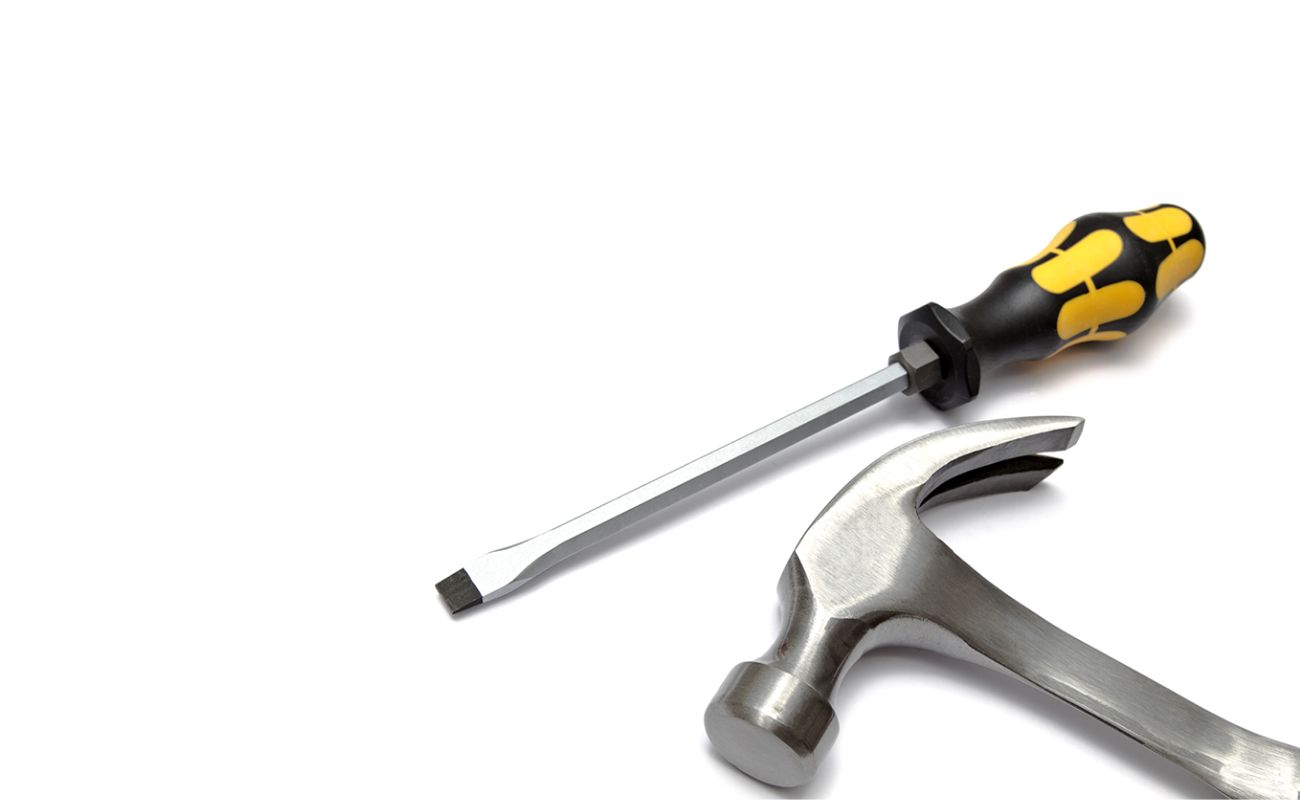
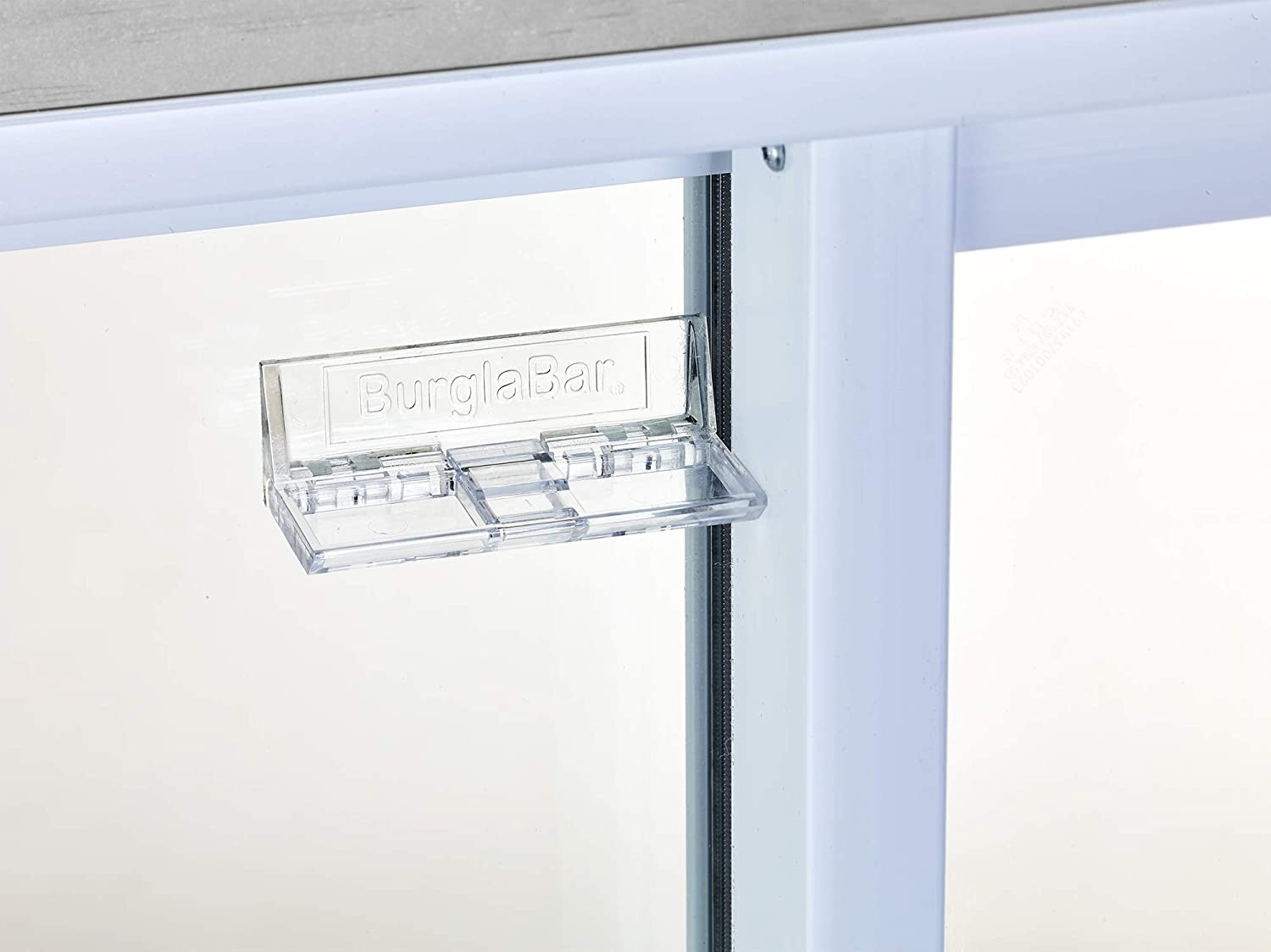
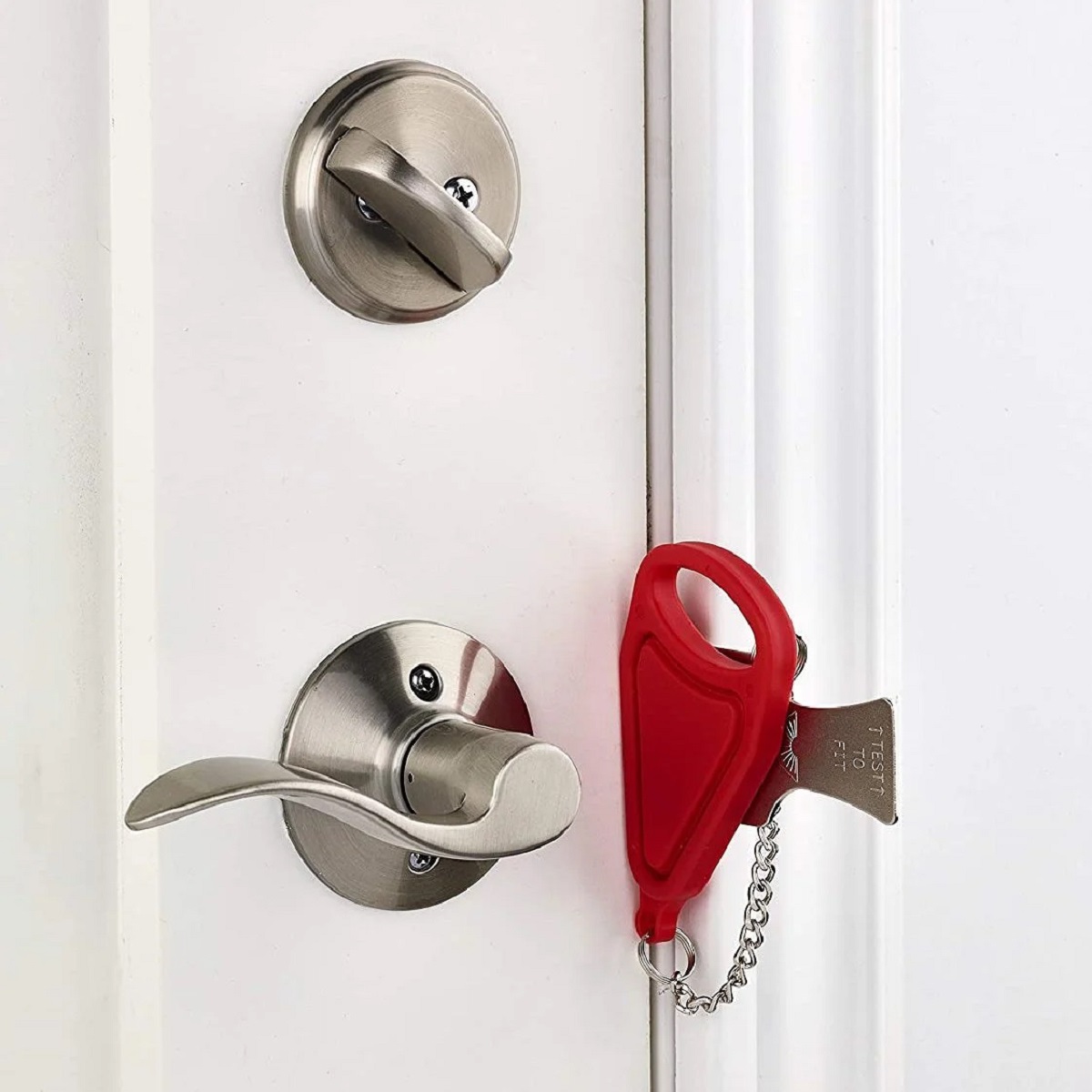
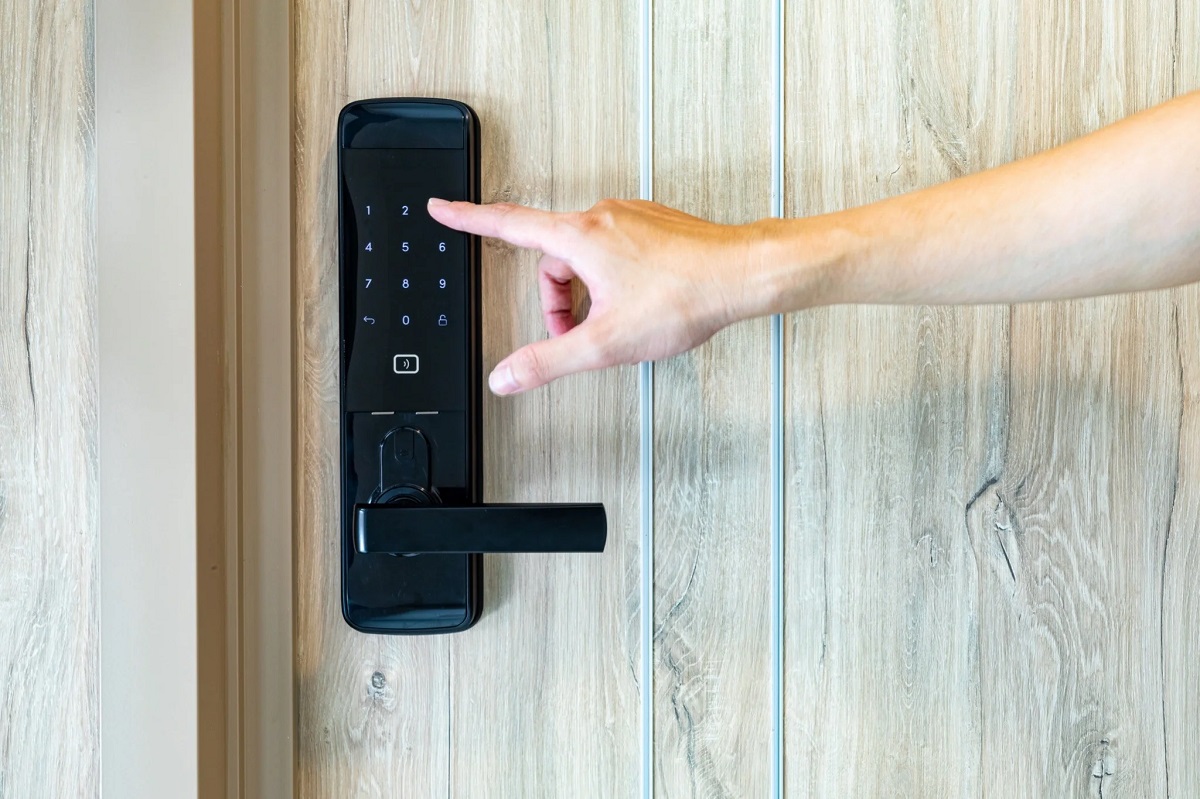

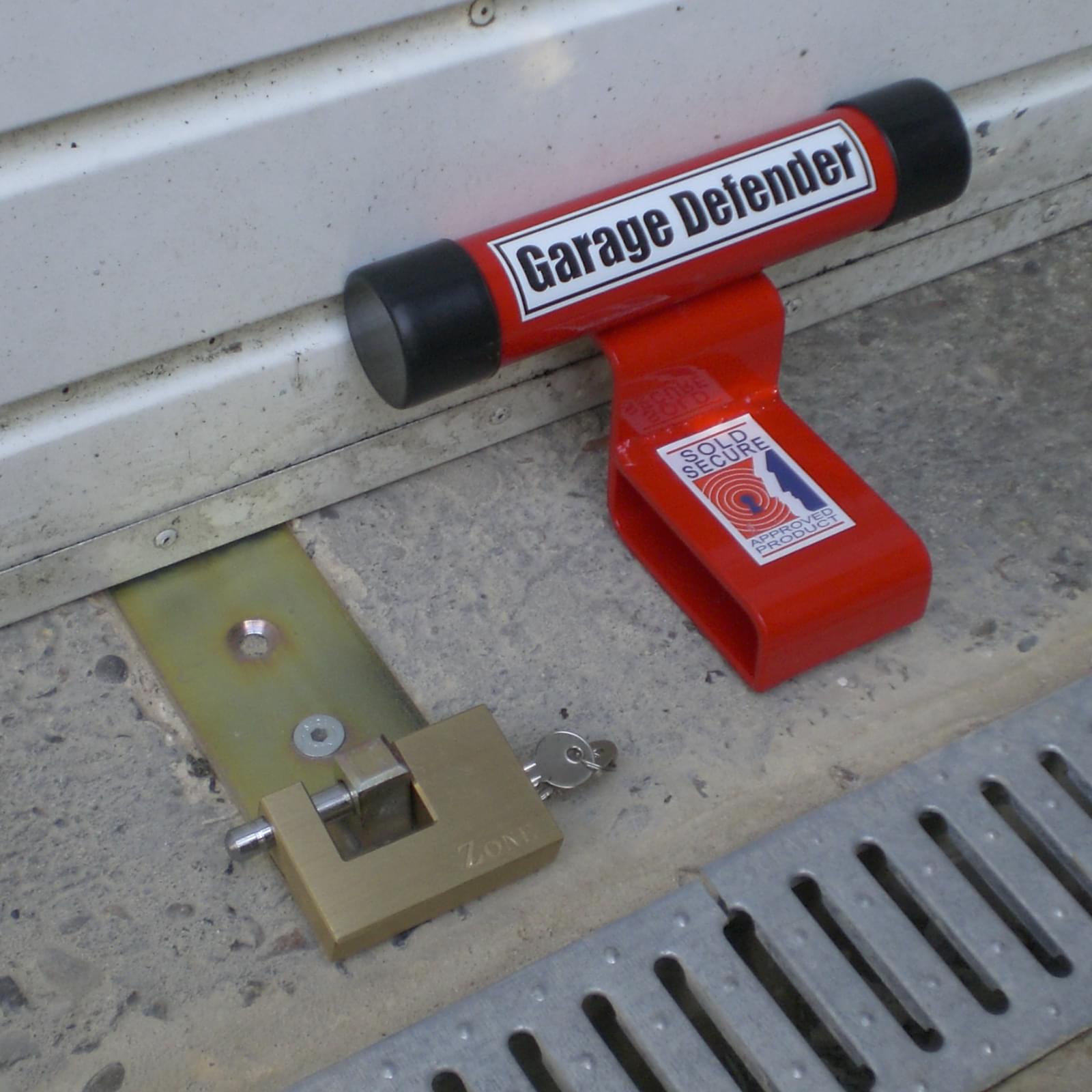
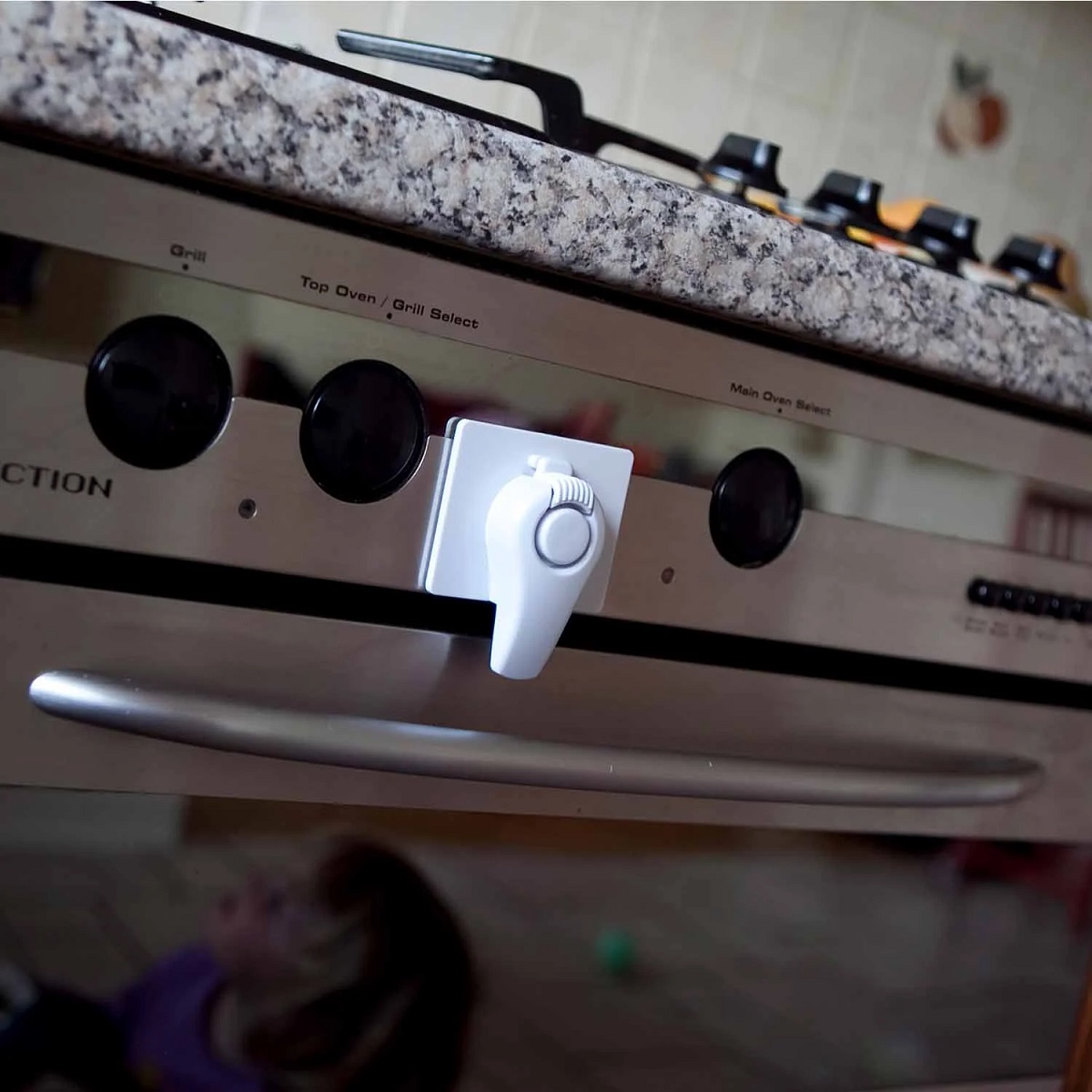
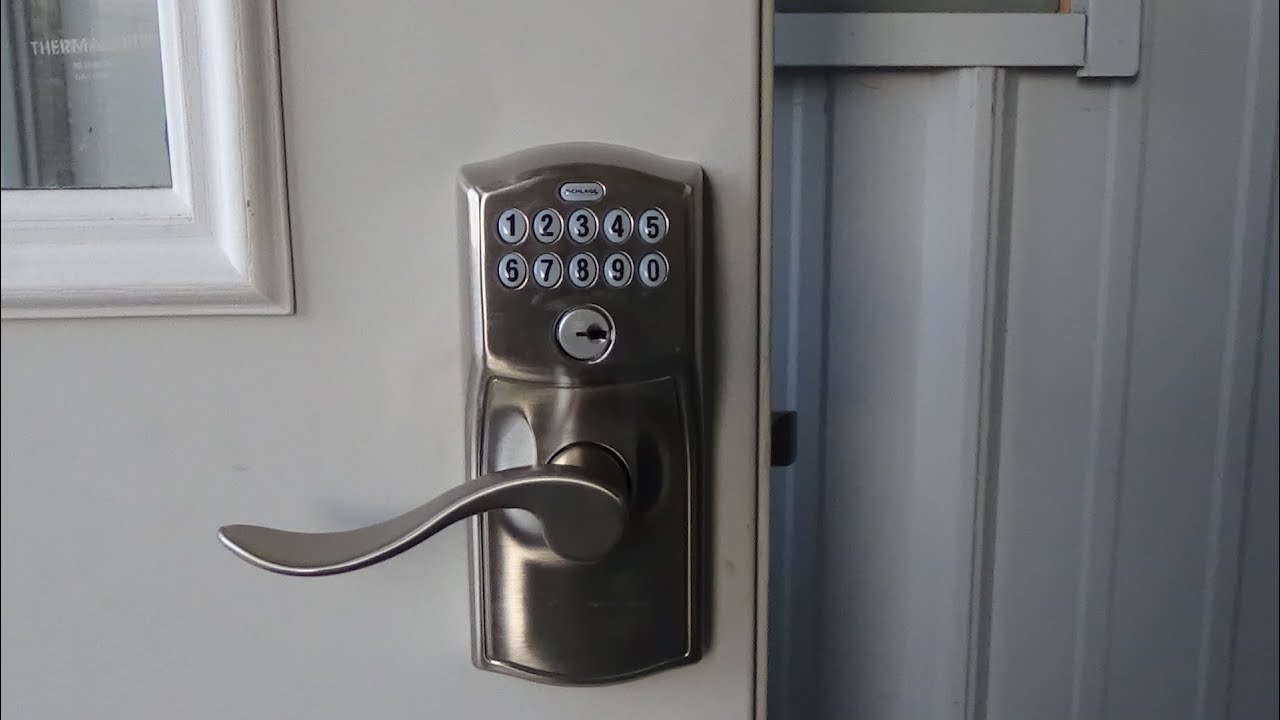
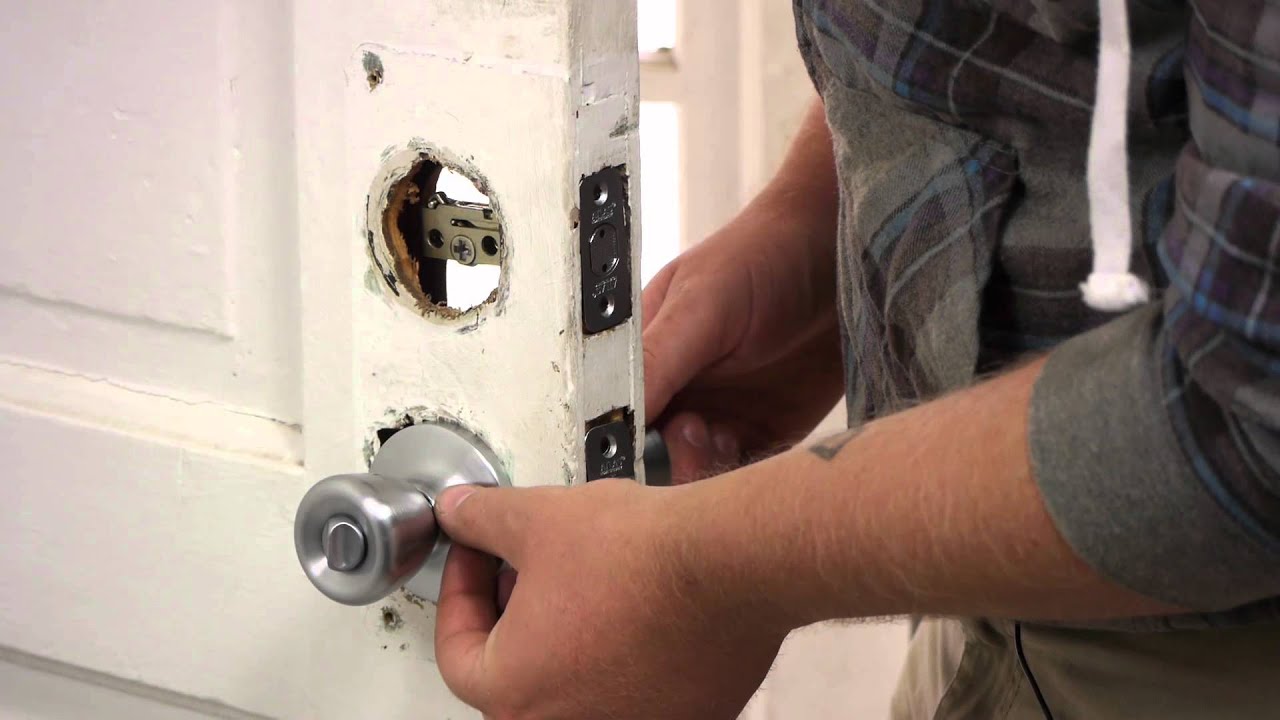
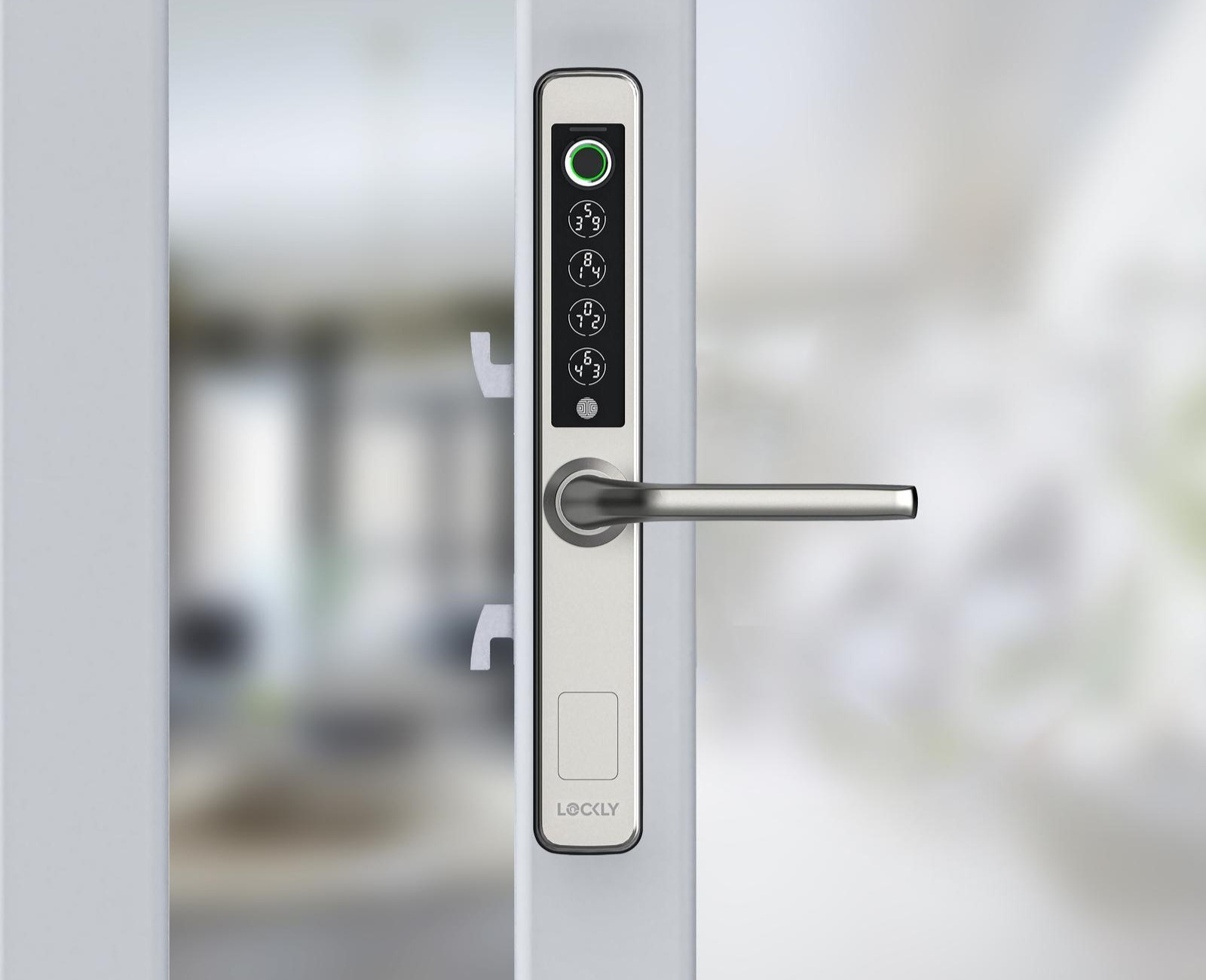
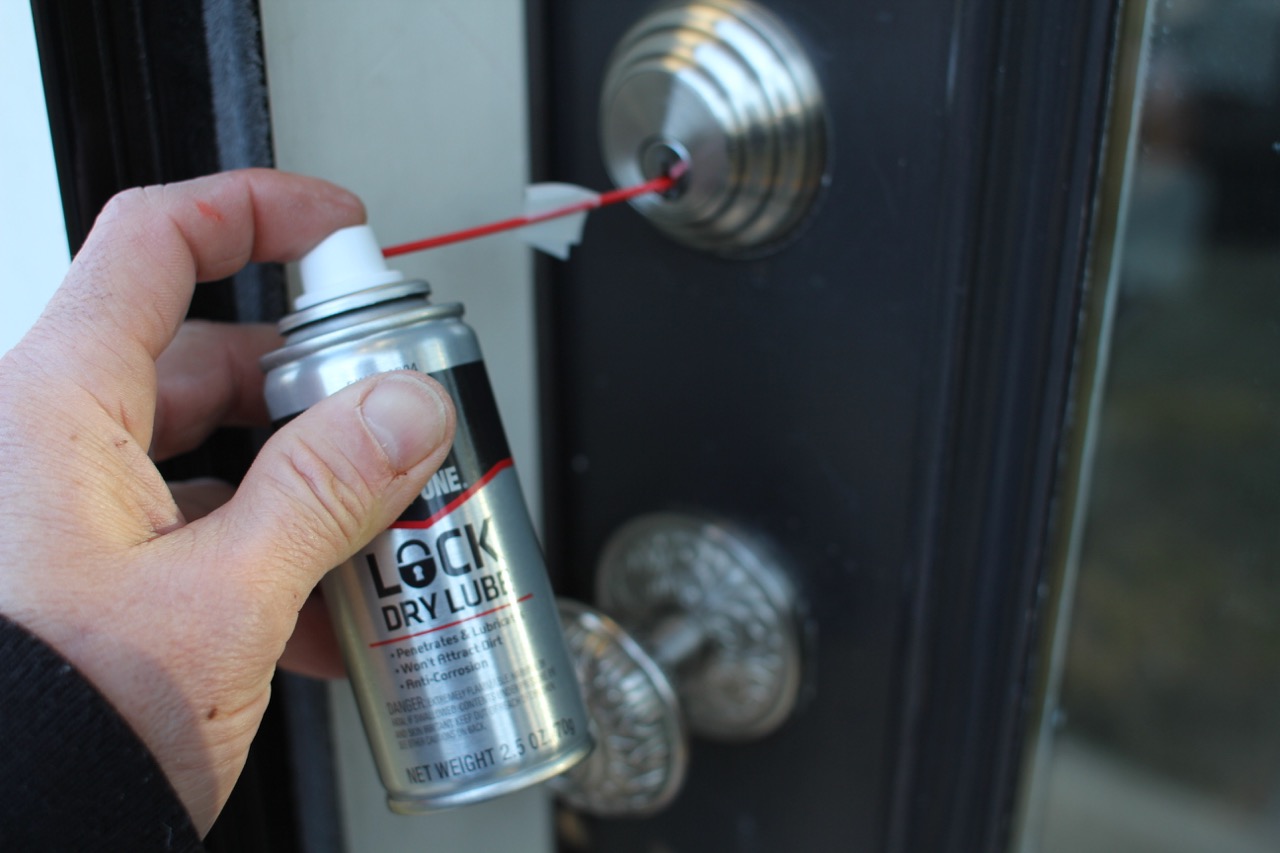
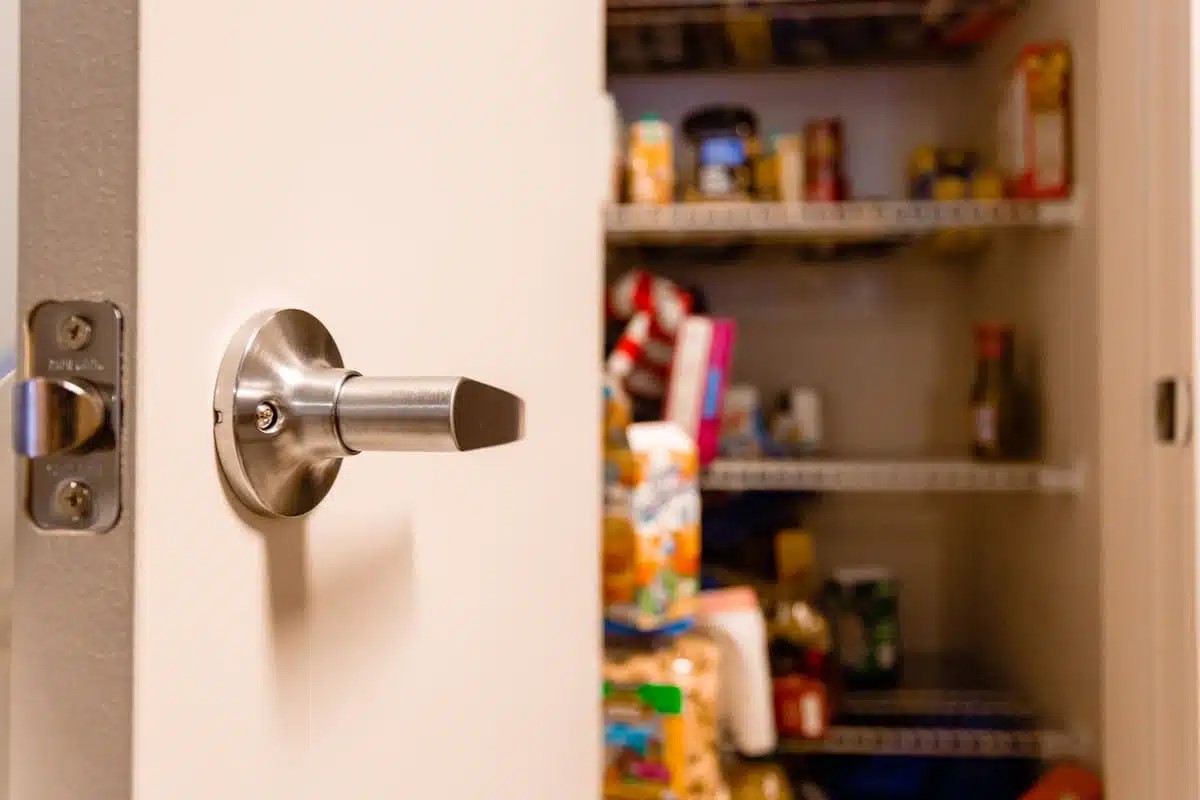
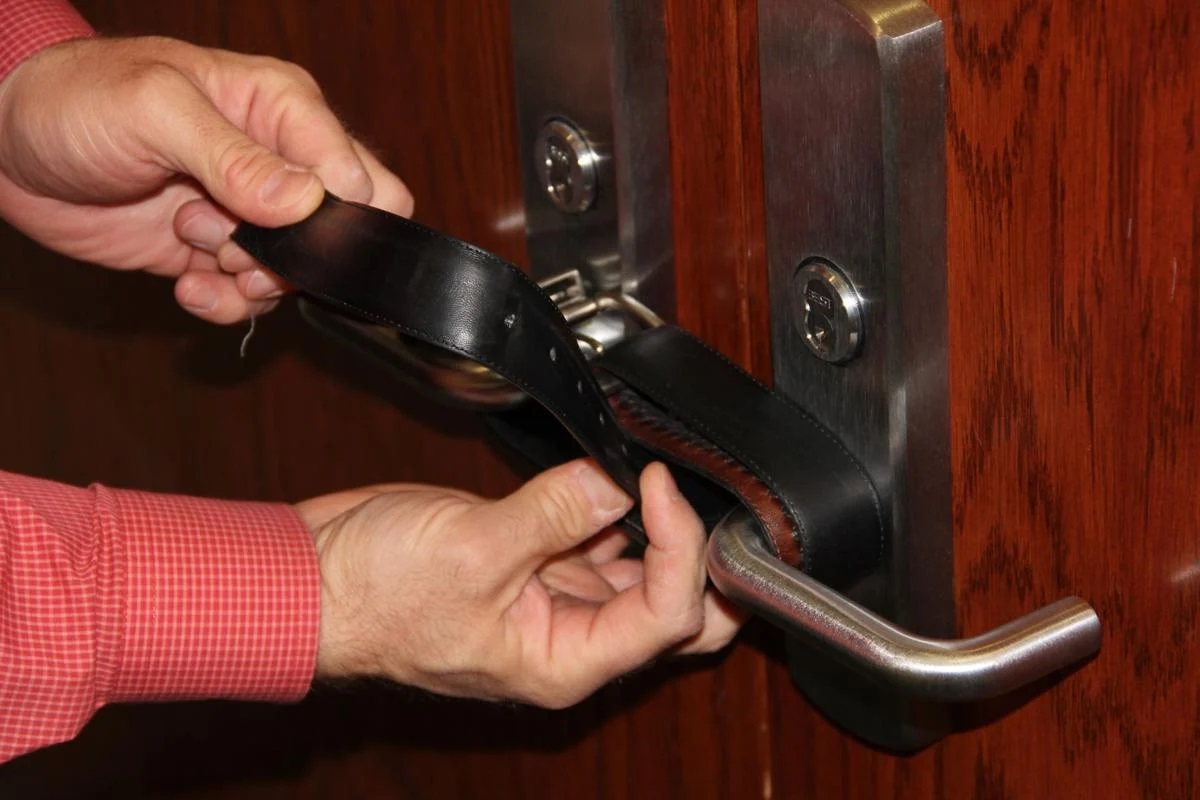
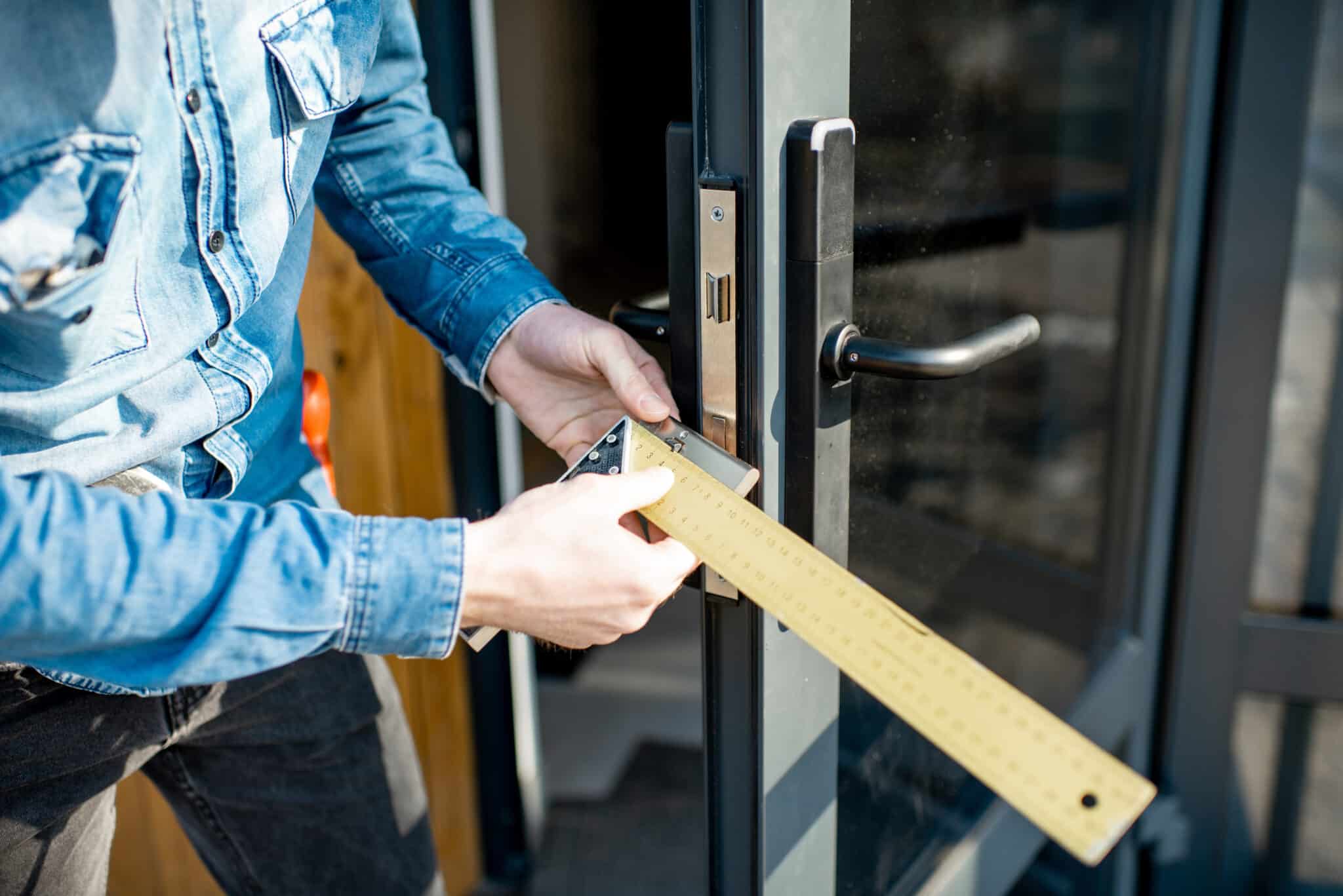
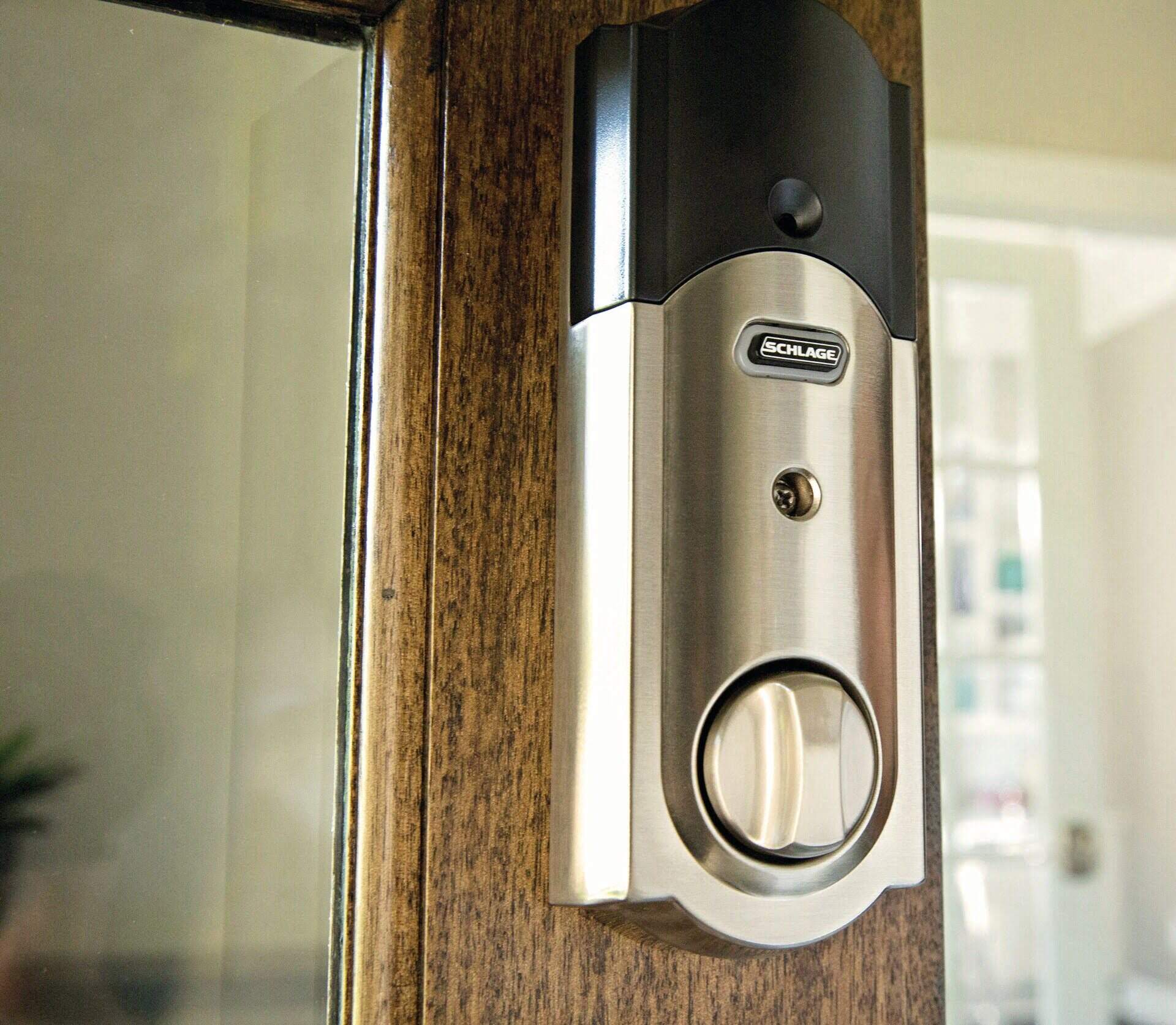

0 thoughts on “How To Break Door Lock”